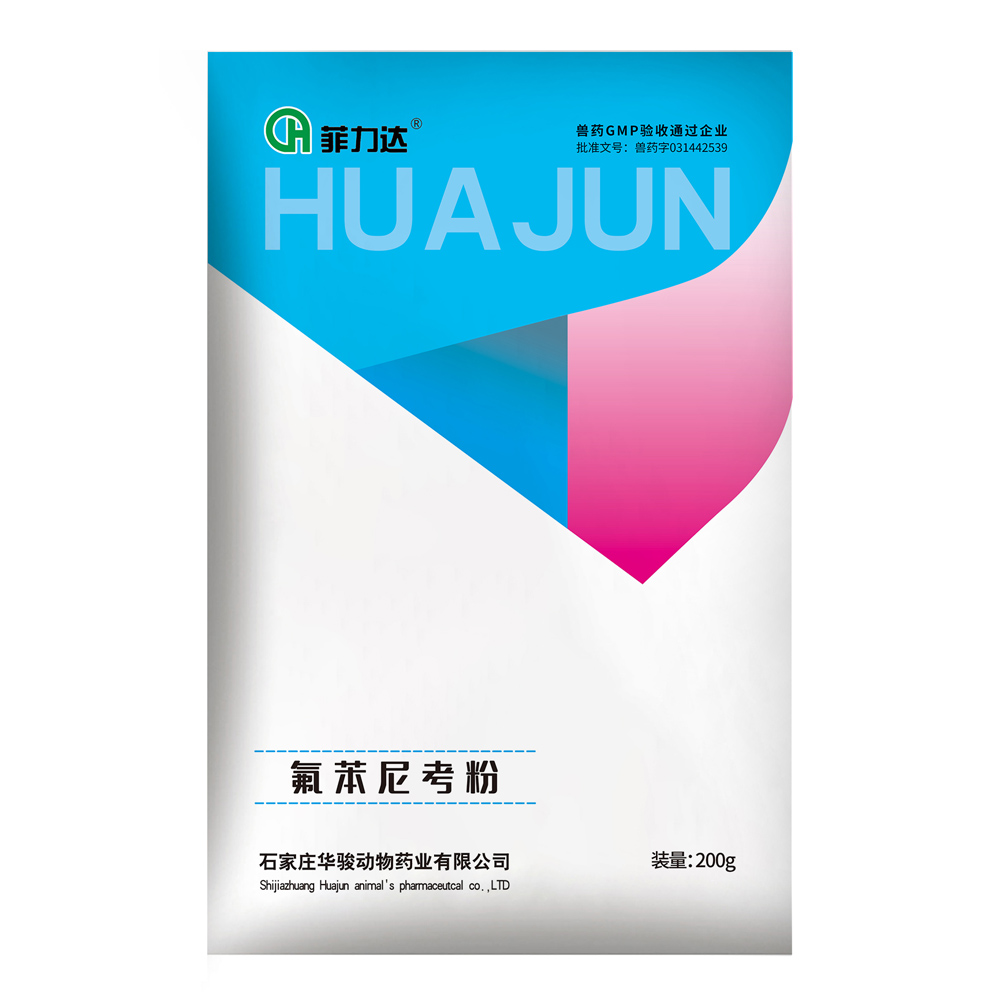
Okt . 12, 2024 09:28 Back to list
Custom Formulation of Norfloxacin and Tinidazole for Enhanced Antibiotic Efficacy
The Synergistic Effects of Custom Norfloxacin and Tinidazole in Treating Infections
In the world of pharmaceuticals, the quest for effective antibiotics continues to evolve, particularly in response to the rising prevalence of resistant bacterial strains. Among the myriad of possibilities, custom formulations that combine the strengths of existing antibiotics have emerged as a compelling solution. Notably, the combination of norfloxacin and tinidazole presents a promising avenue in the fight against bacterial infections, particularly those of the gastrointestinal and urogenital tracts.
Understanding Norfloxacin and Tinidazole
Norfloxacin is a fluoroquinolone antibiotic that is primarily effective against gram-negative bacteria, making it a go-to treatment for various infections, including urinary tract infections (UTIs) and some gastrointestinal infections. Its mechanism of action involves inhibiting bacterial DNA replication, effectively halting the proliferation of bacteria. This quality is critical in treating infections where delayed treatment could lead to serious complications.
Tinidazole, on the other hand, is an antiprotozoal and antibacterial agent known for its efficacy against anaerobic bacteria and certain parasites. Commonly used in the treatment of conditions such as giardiasis and bacterial vaginosis, tinidazole works by damaging the DNA of these microorganisms, leading to their death. The ability of tinidazole to target anaerobic bacteria complements the action of norfloxacin, which is more effective against aerobic organisms.
The Rationale Behind Combination Therapy
The combination of norfloxacin and tinidazole creates a broad-spectrum approach to infection management. This dual-action strategy is particularly advantageous for patients presenting with mixed infections where both aerobic and anaerobic bacteria may be at play. Such situations commonly arise in cases of polymicrobial infections, where the presence of multiple bacterial species complicates treatment.
Moreover, using a combination of these two antibiotics can help counteract the potential development of resistance. Each antibiotic targets different pathways within bacterial cells, thereby reducing the likelihood that bacteria will acquire the mutations necessary to survive against both agents simultaneously. This synergistic effect not only enhances the potency of the treatment but also extends its efficacy over time, a critical factor in the era of antibiotic resistance.
custom norfloxacin and tinidazole

Custom Formulations for Tailored Treatment
The concept of custom antibiotics presents an innovative solution to address the unique needs of each patient. By formulating a combination of norfloxacin and tinidazole, healthcare providers can tailor treatments based on individual infection profiles, patient history, and sensitivities. This personalized approach allows for optimized dosing regimens, potentially minimizing side effects while maximizing therapeutic benefits.
For instance, patients with a history of resistant infections might benefit from a custom blend that not only incorporates norfloxacin and tinidazole but also considers their specific microbial profile. Such customization can lead to more effective and quicker recovery times while reducing the duration of antibiotic use, which is essential in mitigating the risks associated with prolonged exposure to antibiotics.
Safety and Efficacy Considerations
While the combination of norfloxacin and tinidazole shows great promise, it is imperative to consider potential side effects and contraindications. Common adverse reactions may include gastrointestinal disturbances, dizziness, and, in some cases, allergic reactions. Therefore, healthcare professionals must thoroughly evaluate patient histories, including any previous drug reactions, to ensure safe administration.
Furthermore, the development of resistance against either of these medications mandates ongoing surveillance and research. Clinicians should remain vigilant about prescribing practices, ensuring that this combination therapy is used judiciously and only when the clinical situation warrants such an approach.
Conclusion
In summary, the integration of custom formulations of norfloxacin and tinidazole represents an emerging frontier in the treatment of bacterial infections. By employing a synergistic approach, healthcare providers can address the complexities of polymicrobial infections while working to combat the growing challenge of antibiotic resistance. As research continues to evolve, this tailored strategy could redefine standards of care, ultimately improving patient outcomes and enhancing the efficacy of our antibiotic arsenal. The future of infection management may very well depend on our ability to combine and customize existing treatments to meet the unique needs of each individual.
-
Premium Young Chicken - Leading Young Chicken Manufacturer & Supplier for Fresh Poultry Needs
NewsJul.08,2025
-
Enterococcus Faecalis Mold Remover – Powerful & Safe Solution from Trusted Manufacturer
NewsJul.08,2025
-
Premium Diarrhea Treatment Solutions Leading Diarrhea Factories & Suppliers
NewsJul.08,2025
-
High-Quality Blisters Manufacturer & Supplier Reliable Blisters Factory
NewsJul.07,2025
-
High-Quality Skeleton Development Services Leading Factory, Manufacturer & Supplier
NewsJul.07,2025
-
High-Quality Cockscomb Turns White Reliable Manufacturer & Supplier Factory
NewsJul.07,2025




